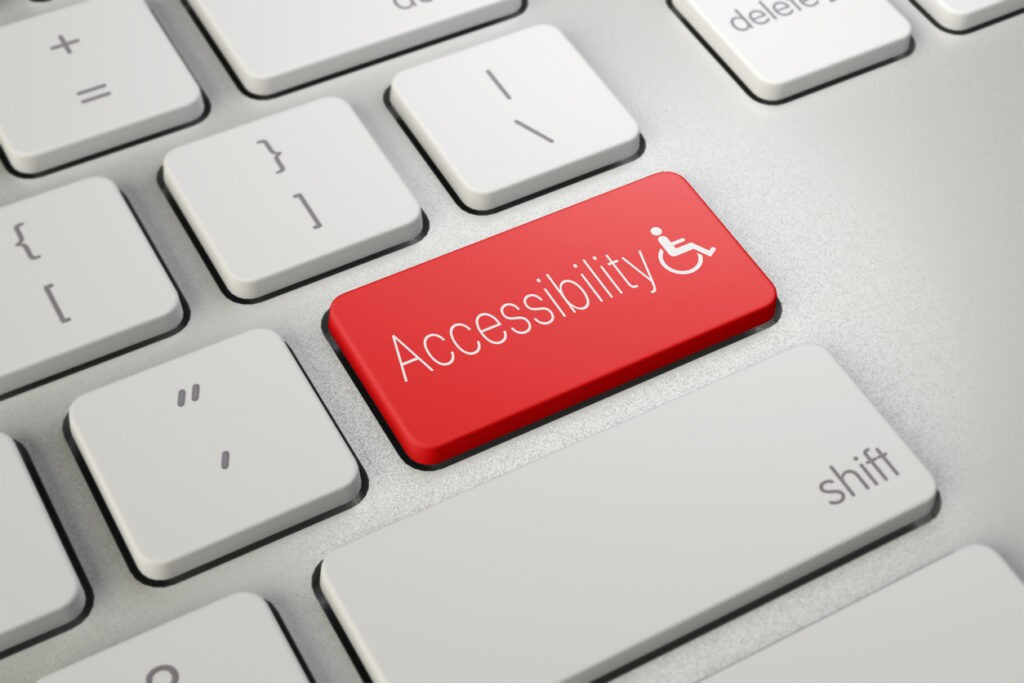
The internet has become an integral part of our daily lives, offering unparalleled access to information, services, and opportunities. However, for millions of people worldwide with disabilities, navigating the web can be a challenging and frustrating experience. This is where the importance of accessibility in web design becomes apparent. In this blog post, we’ll explore why accessibility should be a top priority for every web designer and the benefits it brings to both users and businesses.
Understanding Accessibility:
Accessibility in web design refers to the practice of creating websites and web applications that can be easily accessed and used by everyone, including people with disabilities. This includes individuals with visual, auditory, motor, and cognitive impairments, as well as those with temporary disabilities or situational limitations. Ensuring accessibility involves considering factors such as screen reader compatibility, keyboard navigation, color contrast, and alternative text for images.
Inclusivity and Equal Access:
The primary reason why accessibility is so crucial in web design is to ensure inclusivity and equal access for all users. The internet has the potential to empower people with disabilities by providing them with access to information, education, employment opportunities, and social connections. However, inaccessible websites can create barriers that limit their participation and independence online. By designing websites with accessibility in mind, web designers can help break down these barriers and create a more inclusive digital environment for everyone.
Legal and Ethical Obligations:
In addition to moral considerations, there are also legal and ethical reasons why accessibility is essential in web design. Many countries around the world have enacted laws and regulations requiring websites to be accessible to people with disabilities. For example, the Americans with Disabilities Act (ADA) in the United States and the Accessibility for Ontarians with Disabilities Act (AODA) in Canada mandate that public and private sector organizations make their websites accessible. Failing to comply with these laws can result in legal consequences, including lawsuits and fines.
Enhanced User Experience:
Beyond legal compliance, designing accessible websites also leads to a better user experience for everyone. Many accessibility features, such as clear navigation, descriptive headings, and fast-loading pages, benefit all users, not just those with disabilities. By prioritizing accessibility, web designers can create websites that are easier to navigate, more intuitive to use, and more enjoyable to interact with for all users, regardless of their abilities.
Improved Search Engine Optimization (SEO):
Another compelling reason to prioritize accessibility in web design is its positive impact on search engine optimization (SEO). Search engines like Google prioritize websites that are user-friendly and provide a seamless browsing experience. By implementing accessibility best practices, such as using descriptive page titles, headings, and image alt text, websites can improve their SEO rankings and attract more organic traffic.
Conclusion:
In conclusion, accessibility is not just a nice-to-have feature; it’s a fundamental aspect of web design that benefits everyone. By making websites accessible, designers can ensure equal access to information and services, comply with legal requirements, enhance the user experience, and improve SEO. As the internet continues to evolve, it’s essential for web designers to prioritize accessibility and strive to create a more inclusive online environment for people of all abilities.




